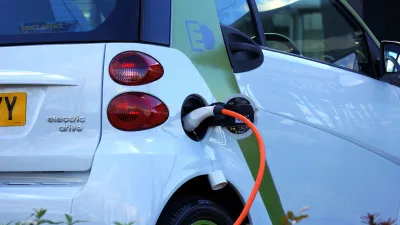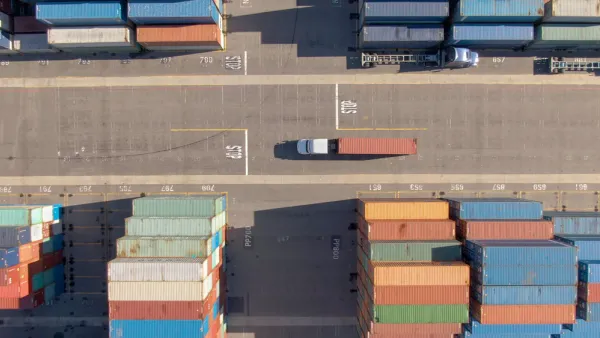To reduce harmful particulate matter emissions, we need fewer cars on the road—electric or otherwise, according to the findings of a recent report.

A new report from the Organization for Economic Cooperation and Development (OECD) warns that eliminating tailpipe emissions alone won't make vehicle travel pollution-free. Even after replacing gasoline vehicles with electric ones to reduce greenhouse gas emissions, particulate matter (PM) resulting from tire, brake, clutch, and road wear remains a significant source of hazardous pollution. An article by Lloyd Alter shares insight into the report's conclusions.
Exposure to PM emissions can cause heart and lung damage, ranking as the seventh most important risk factor for mortality worldwide in 2015. With traffic concentrated in areas where the most people live and work, non-exhaust emissions pose a bigger health hazard than emissions from sources that are more isolated or highly regulated. While it's difficult to measure the exact toll of PM emissions on human health, the OECD estimates more than 4 million premature deaths a year resulting from the inhalation of toxic non-exhaust emissions, according to Alter.
While electric cars make a positive contribution to the fight to reduce greenhouse gas emissions, reducing harmful airborne pollutants requires fewer vehicles on the road. The report's recommendations include encouraging electric car manufacturers to produce lighter vehicles(putting less wear on the tires and thus less particulate matter into the air), disincentivizing the use of private vehicles through low-emission zones and congestion pricing programs, and promoting the use of alternate transportation modes.
FULL STORY: OECD Says Electric Cars Won’t Save Us From Pollution

National Parks Layoffs Will Cause Communities to Lose Billions
Thousands of essential park workers were laid off this week, just before the busy spring break season.

Retro-silient?: America’s First “Eco-burb,” The Woodlands Turns 50
A master-planned community north of Houston offers lessons on green infrastructure and resilient design, but falls short of its founder’s lofty affordability and walkability goals.

Delivering for America Plan Will Downgrade Mail Service in at Least 49.5 Percent of Zip Codes
Republican and Democrat lawmakers criticize the plan for its disproportionate negative impact on rural communities.

Test News Post 1
This is a summary

Test News Headline 46
Test for the image on the front page.

Balancing Bombs and Butterflies: How the National Guard Protects a Rare Species
The National Guard at Fort Indiantown Gap uses GIS technology and land management strategies to balance military training with conservation efforts, ensuring the survival of the rare eastern regal fritillary butterfly.
Urban Design for Planners 1: Software Tools
This six-course series explores essential urban design concepts using open source software and equips planners with the tools they need to participate fully in the urban design process.
Planning for Universal Design
Learn the tools for implementing Universal Design in planning regulations.
EMC Planning Group, Inc.
Planetizen
Planetizen
Mpact (formerly Rail~Volution)
Great Falls Development Authority, Inc.
HUDs Office of Policy Development and Research
NYU Wagner Graduate School of Public Service





























